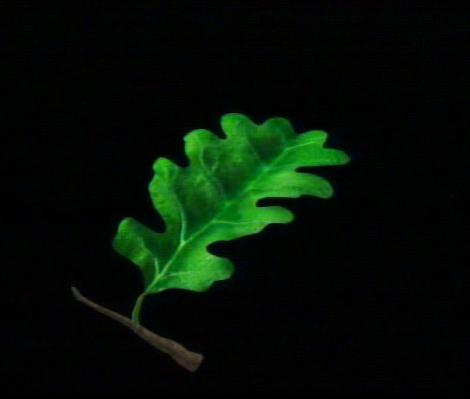Cells and light
Photosynthesis
Trees use light to produce the organic molecules they need to survive, all on their own. This is called photosynthesis. How does it work? Thanks to a pigment in their photosynthetic cells, chlorophyll, which captures all light wavelengths except green, which it reflects. So when you see that some parts of a tree are green, it's because they contain photosynthetic cells. Maple keys and apples are good examples. Since a tree has to put a lot of energy into producing fruit, these photosynthetic fruits produce some of the sugars they need to ripen themselves. That frees up some of the tree's resources for other uses.
Real green energy
In the tree, it is the leaves that contain most of the photosynthetic cells. These cells are packed together there, because the leaves are ideally positioned to do this work. After all, isn't there more light high up in the foliage than at the foot of the tree? If we compare the leaf to a sugar factory, its photosynthetic cells are like the factory labourers, all working together. But what exactly do they need to do their job of photosynthesis?





